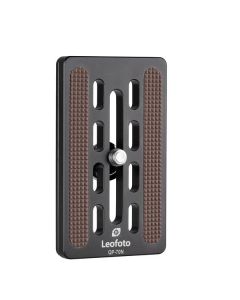Leofoto Ranger LS-324C + LH-40 review by Edwin Giesbers

review by Edwin Giesbers
After decades of experience with tripods from brands like Manfrotto, Benro and Gitzo, I was very curious about the Leofoto tripods.
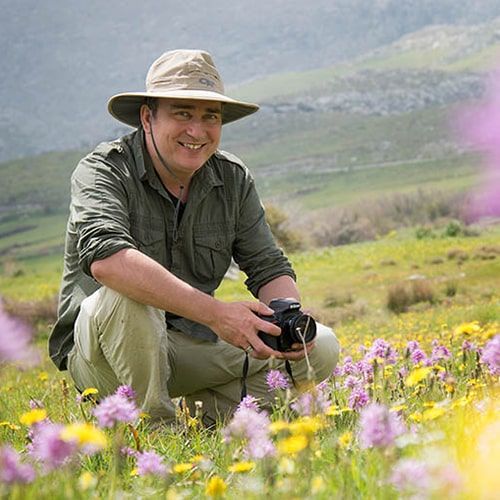
Written by Edwin Giesbers
Edwin Giesbers has been a full-time professional nature photographer for over 10 years. His photography can be found in various media such as BBC Wildlife Magazine and National Geographic Magazine. With several images he won international awards such as 'European Nature Photographer of the Year'. Visit his website https://www.edwingiesbers.com/
Content:
Both in the Netherlands and abroad, I want to walk around with as little weight on my equipment as possible. Too much and too heavy equipment costs energy and in my opinion, this is at the expense of the quality of the photos. When I get tired, it affects my compositions and I react less alert to spontaneous situations in nature. As I always strive for the highest possible quality of images for my clients, I want to avoid this as much as possible. That is why a tripod with as little weight as possible in combination with good stability is important.
The tripod must also be suitable for landscape photography with wide-angle and telephoto photography with the Nikon 80/400 mm. And oh yes.... of course, as well for macro photography because this is often an important part of my work. And these days, my requirements have expanded even further: the tripod must also be stable enough for 4k film work with my Nikon D500. Due to the 1.3 crop function when filming, my Nikon 80/400 mm becomes 780 mm at the extreme tele setting (due to the DX format).
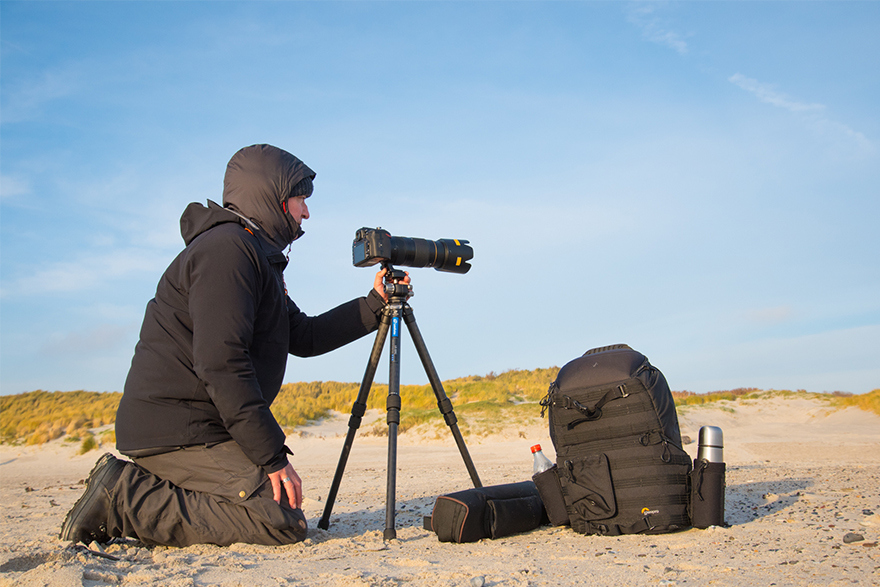
After some research, I found the Leofoto Ranger LS-324C + LH-40 ball head. The tripod is noticeably light due to the use of carbon, with a weight of 1.93 kg, but it stands like a house. The legs slide out smoothly and quickly and consist of four parts. When fully extended, the height is 139 centimeters and this can be further extended with the separately supplied center column. This can be extended with the separately supplied central column, which can be quickly screwed on and provides a maximum height of 170.5 centimeters. Low to the ground is also possible! The legs can be spread horizontally and then the height - including the ball head - is only 17 centimeters. Ideal for macro photography!
On my last trip to Helgoland, this low position also came in very handy. I was able to photograph low over the sand with my telephoto zoom lens so that my main subject - the grey seal - would be at the same height. Ideal, because 'low is blurry' and with this viewpoint the foreground and background behind the seal are less sharp. This way the mammal gets all the attention.
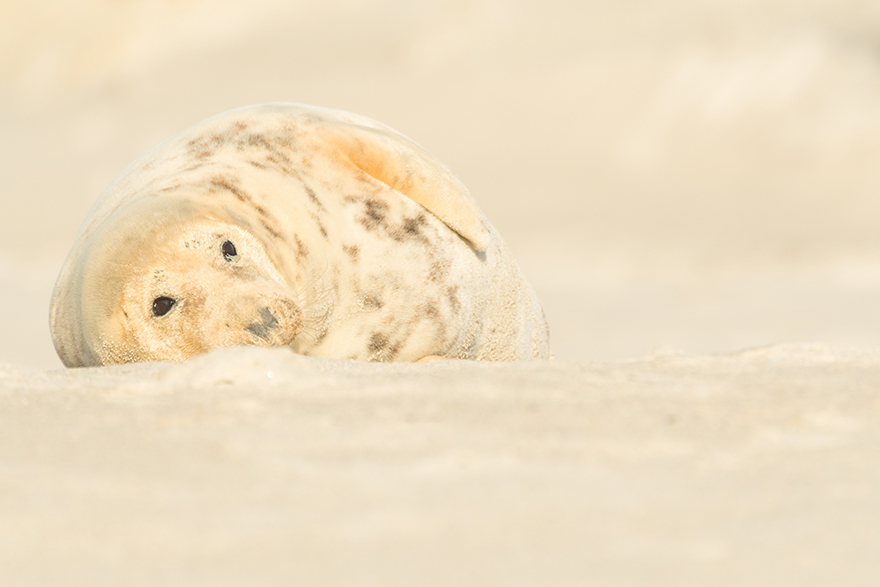
The Leofoto tripod comes very complete with a sturdy bag, loose center column, rubber feet, stainless steel spikes and Allen keys. And finally, a handy tool in which various Allen spanners are clamped, as well as a metal part with which you can fix the quick release - Arca-Swiss compatible. Everyone knows the problem of the quick-release coupling loosening up, causing the camera-lens combination to swing to the left and right. Fortunately, I now have the Leofoto accessory hanging on my Lowepro ProTactic 450 backpack. Always within reach!
The Leofoto tripods are excellent quality and can be used for many years. That is the reason that every Leofoto tripod includes no less than 10 years of warranty.
You can register your Leofoto product here.
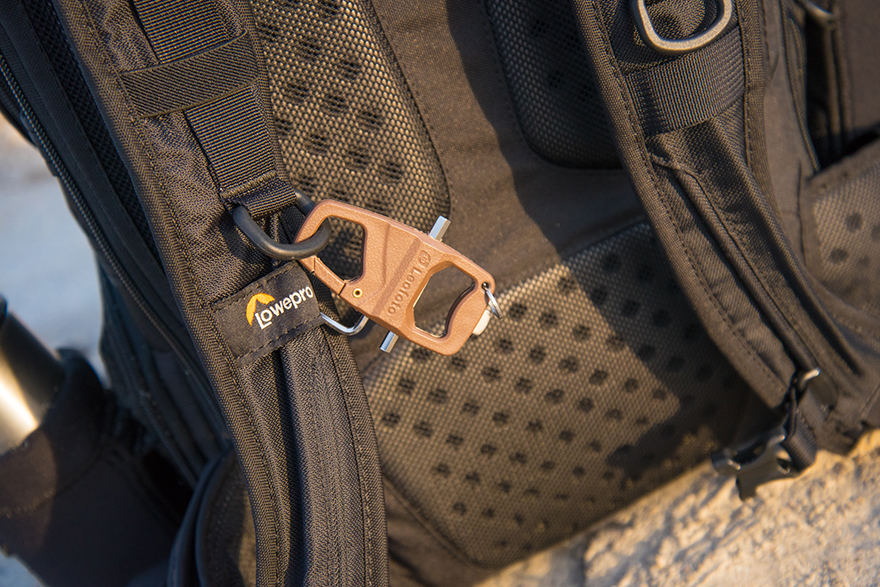
Because I have a lot of experience with many tripod heads, I can judge the Leofoto LH-40 very well. And just like the tripod, I like it very much. Of course, I had to get used to all the adjustment knobs, but I got used to it quickly. The top button is to lock the quick release. The largest button is for securing the ball head, which can rotate 360 degrees. Two notches on the side allow you to quickly change from a horizontal to a vertical view.
There is also a smaller knob to change the friction of the ball head and another one to adjust the ball head only horizontally. With a weight of 540 grams, this ball head is not heavy, but it is extremely solid. As soon as you have locked the ball head with the large button, it is really locked. I am pleased about this because there is nothing as annoying as a head that is still tilting downwards slowly!
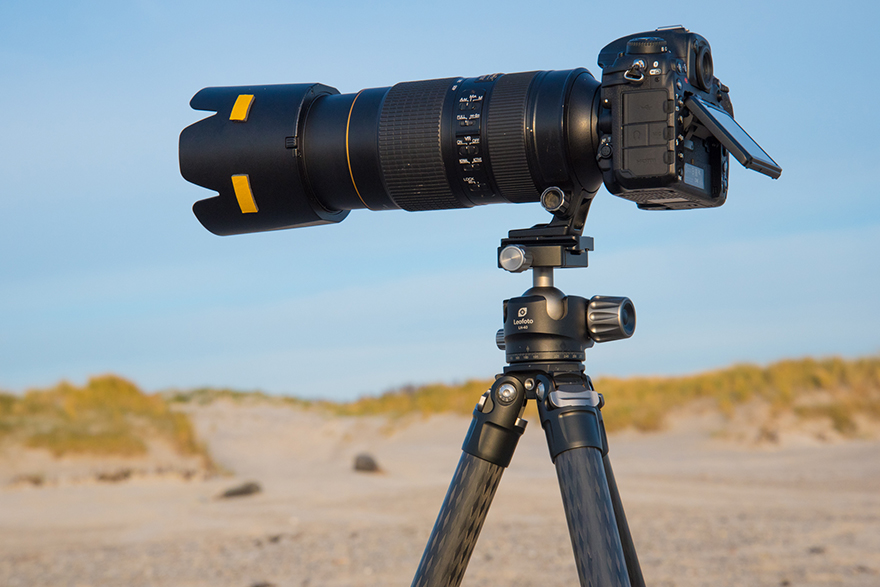
The conditions on the sandbank Düne near Helgoland in Germany can be fierce in the winter with lots of wind and sand. Difficult conditions for the photographer, but also for the equipment. At times, the wind force was 10/11. So strong, in fact, that our boat was sometimes unable to continue. I cleaned my equipment well every evening after a day of photographing. The Leofoto tripod is easy to clean. The legs are quick and easy to remove. This allowed me to rinse them under the shower to remove the sand. I then dried the legs with a cloth and the tripod was ready for the next day.
With the Leofoto Ranger LS-324C, I have found the tripod that will be used extensively for my adventures in the Netherlands and abroad in the years to come!
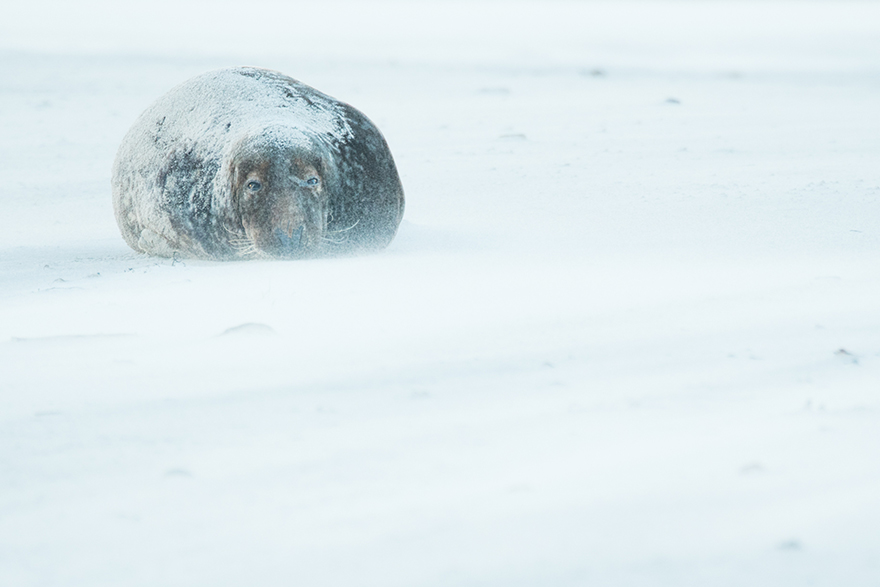
Should you also want to visit Düne near Helgoland: please make sure that you keep at least 30 meters away from the seals to avoid disturbance. Guards are present throughout the day to check this, and you can also ask them any questions about the grey seals' way of life.
Too nice not to share; Edwin also captured a playful moment between two seals in Helgoland:
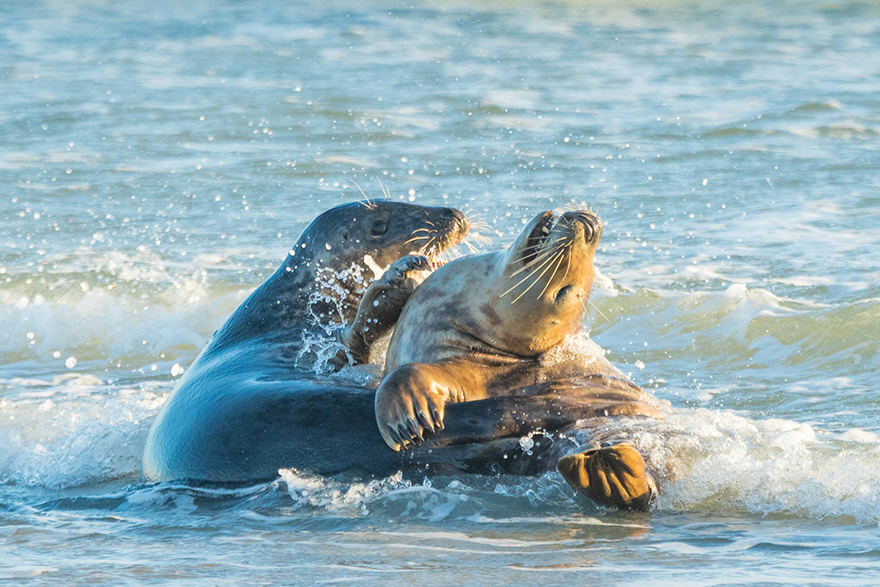
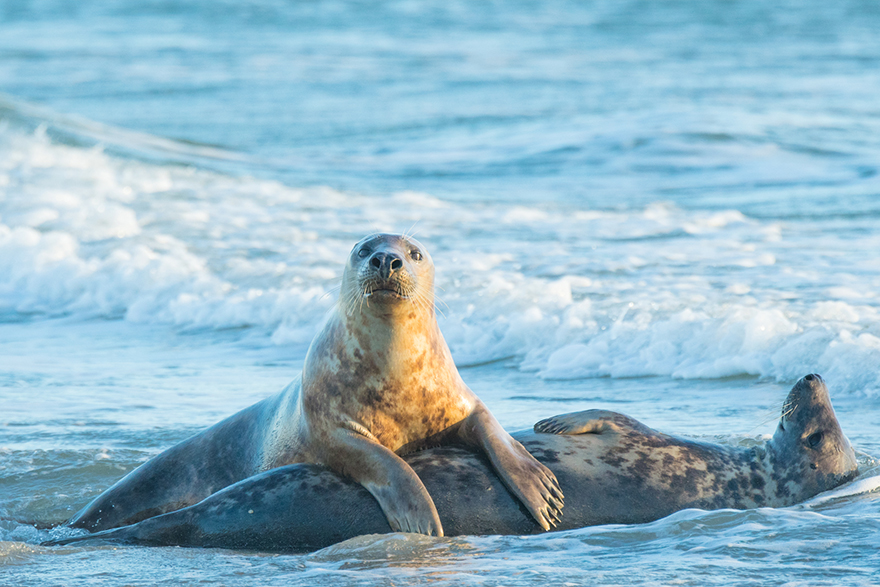
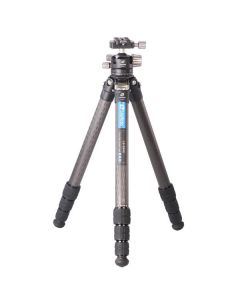
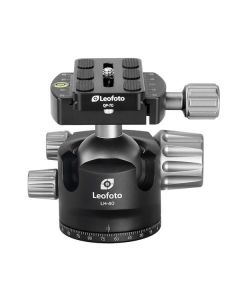
-4.jpg)
